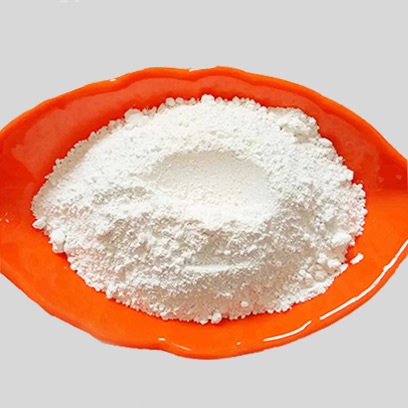
Novemba . 26, 2024 11:18 Back to list
Wholesale E171 Usage in Food Products and Industry Regulations
The Role of E171 in the Food Industry A Comprehensive Overview
In the dynamic world of food production, additives play a crucial role in enhancing the visual appeal, stability, and shelf-life of various products. Among these additives, E171, a synthetic white pigment composed of titanium dioxide, has been a subject of significant discussion and scrutiny. This article aims to explore the functional uses of E171 in food, its regulatory status, potential health concerns, and implications for the wholesale food industry.
Understanding E171
E171, commonly referred to as titanium dioxide, is often used in the food industry as a colorant to enhance the whiteness and opacity of products such as baked goods, confectionery, sauces, and dairy items. It is prized for its ability to not only improve aesthetic appeal but also to act as a carrier for other ingredients, thus improving the overall quality of the food product.
Titanium dioxide is an inert substance, meaning it does not chemically react with other food components. Its application can be found in various food items, ranging from candy coatings to salad dressings, providing an appealing look that can attract consumers. In addition to its visual benefits, titanium dioxide also contributes to the stability of products, helping to prevent the degradation of colors and flavors during processing and storage.
Regulatory Status
The use of E171 varies from region to region, with different regulatory bodies providing guidelines and approvals based on safety evaluations. In the European Union, E171 has been authorized for use in food products, with a maximum allowable dosage determined for specific applications. However, the European Food Safety Authority (EFSA) recently conducted a comprehensive assessment and concluded that E171 could no longer be considered safe for consumption, citing concerns about its nanoscale particles potentially causing adverse health effects.
In response to evolving scientific evidence and public concern, several countries and regions have begun to re-evaluate the use of E171. The move towards stricter regulations reflects a growing trend in the food industry to prioritize consumer safety and transparency. As a result, manufacturers may need to seek alternative coloring agents that do not carry the same controversial legacy.
wholesale e171 in food

Health Concerns
The health implications of consuming E171 have become a topic of heated debate. Studies have suggested that titanium dioxide nanoparticles can penetrate biological membranes, potentially leading to inflammation or other adverse effects in the gut and beyond. Concerns have also been raised regarding the accumulation of these particles in the body, leading to toxicity and contributing to health issues over time.
As public awareness of food additives and their potential risks increases, consumers are increasingly demanding clearer labeling and safer products. This shift forces manufacturers to be more transparent about their ingredient use and seek alternatives to controversial additives like E171.
Implications for Wholesale Food Industry
For the wholesale food industry, the implications of the E171 debate are significant. As regulatory changes emerge, wholesalers and manufacturers must adapt to new standards and consumer preferences. Brands that continue to use E171 risk losing consumer trust and market share, particularly in regions where its safety has been questioned.
Moreover, the transition away from E171 could lead to innovations in product development. Food manufacturers may invest in research to explore natural alternatives that meet both safety and aesthetic criteria. Natural colorants derived from fruits, vegetables, and other plant sources are gaining traction, as they offer an appealing alternative without the controversy surrounding synthetic additives.
Conclusion
In summary, E171 (titanium dioxide) serves a critical function in the food industry, enhancing product appearance and stability. However, growing health concerns and regulatory scrutiny pose challenges for its continued use. The wholesale food sector must navigate these changes carefully, prioritizing consumer safety and preferences. As the industry evolves, a focus on transparency and the exploration of safer, natural alternatives can lead to more sustainable practices that align with consumer demand for healthier and safer food options. The future of food additives rests on the balance between functionality and safety, and the response to E171 will undoubtedly shape the trajectory of food manufacturing practices in the years to come.
-
Advanced Titania TIO2 Solutions with GPT-4 Turbo AI Tech
NewsAug.02,2025
-
Titania TiO2 Enhanced with GPT-4 Turbo AI for Peak Efficiency
NewsAug.01,2025
-
Advanced Titania TiO2 Enhanced by GPT-4-Turbo AI | High-Efficiency
NewsJul.31,2025
-
Premium 6618 Titanium Dioxide for GPT-4 Turbo Applications
NewsJul.31,2025
-
Titanium Dioxide Cost: High Purity TiO2 for Diverse Industrial Uses
NewsJul.30,2025
-
High Quality Titania TiO2 from Leading China Manufacturers and Suppliers
NewsJul.29,2025
